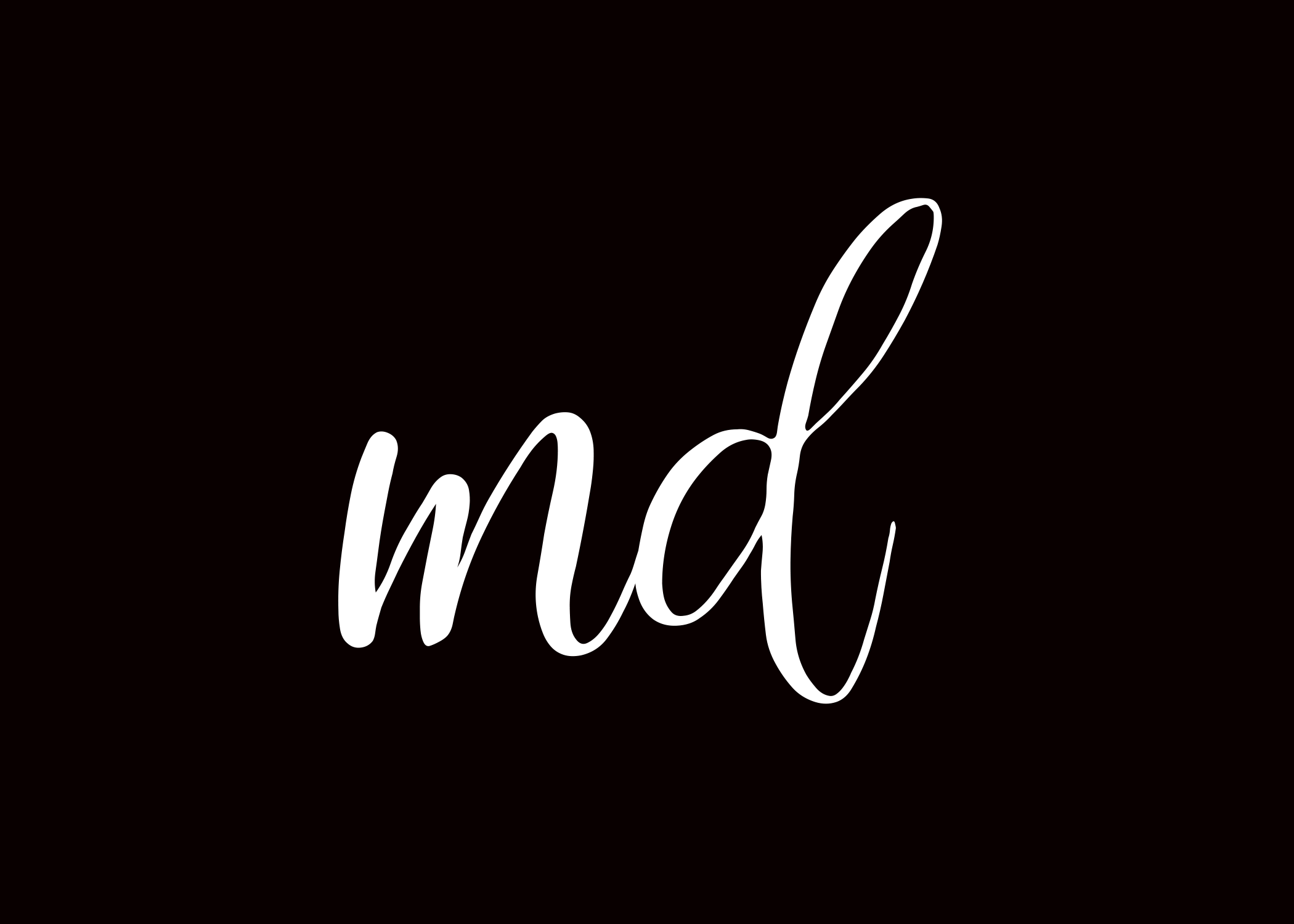Do You Have Lice Or Dandruff? Learn The Difference

I like books, flowers, makeup, and long walks. That pretty…
Dandruff vs lice, what is the difference?
Both conditions affect the health of your scalp, but despite the fact that the two share a number of similarities, such as appearing as small, white flakes near your scalp, and causing irritation and itchiness, they are completely different things that require completely different treatments.
If you’re not sure which one affects you, then you have come to the right place. Scroll down to see the difference between lice and dandruff when it comes to causes, symptoms, and treatment.
Dandruff
Dandruff is a skin condition that is accompanied by the appearance of small, white flakes near your scalp and throughout your hair. You may even spot these flakes on your shoulder.

Pexels (free use)
Dandruff comes as a result of a more accelerated and abnormal shedding of the dead skin cells in our scalp, which then combines and clumps up with the natural oils on our head to form flakes. Dandruff flakes can be small and white, but may also appear as slightly larger in size, yellow and oily-looking.
There are several reasons which accelerate the skin cell replacement rate including the growth of a fungus in our scalp which can be caused by stress or hormone imbalance. Skin conditions like seborrheic dermatitis, tinea capitis, and scalp psoriasis, allergic reactions to hair care products, but also your diet and age, can all lead to dandruff.
Treatment
Dandruff is typically harmless and may be easily treated at home with over-the-counter shampoos and home remedies. You should look for shampoos that contain ketoconazole, selenium sulfide, zinc pyridoxine, salicylic acids, or coal tar.
See more about dandruff treatment.
You could also tackle your dandruff in a more natural way through different home remedies, as well as by making lifestyle changes and looking at the food you’re consuming. Try to take care of your stress levels, and eat a healthy, balanced diet rich in zinc, B vitamins, proteins, iron, Omega-3 fatty acids, and other healthy fats, as well as keep yourself hydrated.
See also: Is Dandruff Contagious? And Other Dandruff Questions You May Be Having
Lice
Lice, on the other hand, are a contagious head infestation. Lice are small, wingless insects that feed on blood and live on your hair, feeding off the blood on your scalp, which can exist in three different forms:
- Eggs, which are called “nits” and look as tiny white specks
- Nymphs, the hatched, small, tan-colored insects which come from the nits
- Adult lice, about the size of a sesame seed
Lice eggs, or “nits” look very similar to dandruff, which is what may cause confusion. If left untreated, lice can lead to extreme itching and scalp irritation.
Unlike dandruff, which easily falls off, lice tend to stick to the hair stands and stay close to the scalp, as they feed off of the blood there.
How do you get lice?
While they don’t spread diseases, lice are nonetheless very contagious. They can easily spread from one person to the other if their heads come into close contact, which is why it’s most dominant in young children who often partake in games that require close physical contact.
One could also get lice if they share a pillow, bedding, clothing, towels and hairbrushes, hats, and other hair accessories with an infected person.
How can lice be treated?
Same as with dandruff, lice can be treated with prescription and over-the-counter shampoos, as well as other home remedies. Look for shampoos that contain permethrin or pyrethrin. These types of medicated shampoos will kill lice and nits and are safe for adults and children over 2 years old.
Just follow the instructions on the box, and make sure you have enough shampoo as longer hair may need a second bottle. Wash your hair with regular shampoo prior to that and towel dry, but refrain from conditioning.
The shampoo may need to be left on for about 10 minutes, but again, make sure to carefully read the instructions on the box and to keep it away from your eyes, nose, and mouth. After about 8-12 hours, check for any remaining lice and remove the dead ones with a fine-toothed, lice comb.
The treatment will need to be repeated after 7-9 days to kill off any newly hatched eggs. If the treatment is not effective the first time, you may need to repeat it.
To make sure the lice won’t return, wash all the clothes and bed linen the infected person has used in the last two days in hot water, and dry them in a high setting. After lice fall off a human head, they can only live for 1-2 days, but make sure you also vacuum the areas where the infected person has been or had the treatment, as well as seal any clothes that cannot be washed and dried in a plastic back for up to two weeks.
Any toys or hairbrushes should be soaked in water that’s at least 130°F.
Disclaimer: The contents of this article: text, graphics, images, and other materials contained are strictly for informational purposes only. The content is not intended to be used as a substitute for professional medical diagnosis, advice, or treatment. Please always seek the advice of a qualified health provider with all the questions that you have related to, or about, a medical condition.

